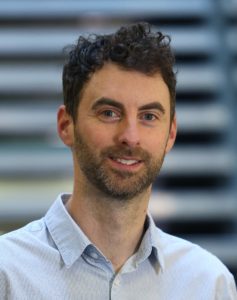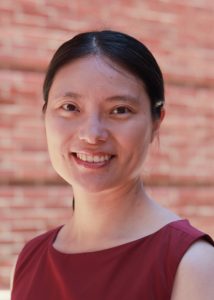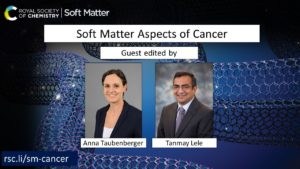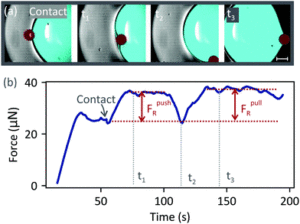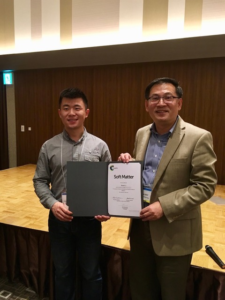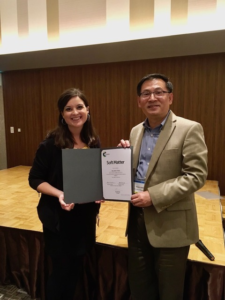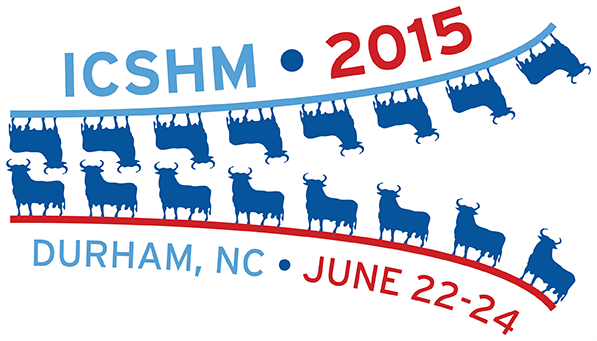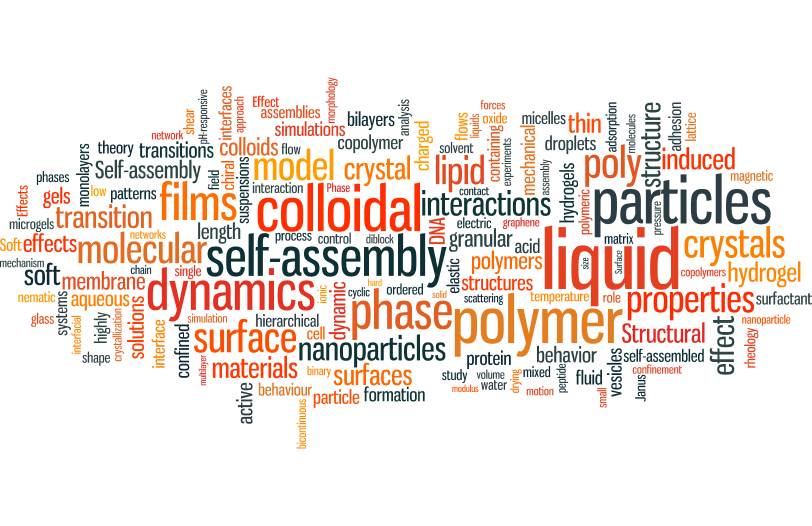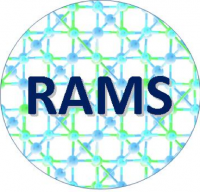Soft Matter Underpinnings of Micro- and Nanoplastics Themed Collection
In this blog post we give more information about our journal Soft Matter, expand on the scope of the themed collection and explain the vision for it through quotes from our Guest Editors Sanat Kumar, Guruswamy Kumaraswamy and Tom McDonald. We do hope you will consider submitting a manuscript to this timely themed collection!
Soft Matter
Soft Matter is an interdisciplinary journal publishing soft matter research at the interface between chemistry, physics, materials science and biology. Experimental, theoretical and computational soft matter approaches are all welcome. Soft Matter is well-positioned to bridge interdisciplinary research on microplastics—especially looking at the interaction of polymer materials, environmental factors, and novel analytical methods.
“The persistence and impact of microplastics and nanoplastics in our environment represent some of the most pressing areas of uncertainity in materials science today. Understanding the properties and behaviors of these particles requires the unique interdisciplinary approach that the Soft Matter community embodies, bridging chemistry, materials science and biology.”
Scope
Plastic pollution is one of the defining issues of our time and studies have confirmed that micro- and nanoplastics (MNPs) are ubiquitous. However, our understanding of several aspects of MNPs continues to evolve. This themed collection focuses on mechanistic understanding of microplastic formation, transport processes relevant to microplastics in the environment, methods for preparation of realistic model microplastics for study, characterization of microplastics and interaction of microplastics with cells.
- What are the processes that lead to plastics fragmentation and to the formation of MNPs?
- How do we identify and characterize MNPs in laboratory samples and in the field?
- How are MNPs transported in the environment?
- How do MNPs interact with and impact living cells and organisms?
- How can we create realistic model MNP systems for detailed analysis?
- What are promising strategies for the mitigation of these particulate pollutants?
These and related questions form the focus of this themed collection.
“In this themed collection, we are seeking studies that delve deeply into the fundamental mechanisms driving the formation, degradation, and environmental interactions of micro- and nanoplastics. The most pressing issues include advancing methods for the precise detection and characterization of microplastics and nanoplastics, understanding their interactions with biological systems, and developing sustainable, practical solutions for mitigating their impact on both health and the environment.”
Topics to be included in the themed collection
We propose that the themed collection should include (but not be limited to) the topics of:
- Polymer degradation: Insights from fundamental polymer chemistry and physics
- Mechanisms of MNP production including studies on model MNPs
- Mechanisms of degradation including microbial degradation of MNPs
- Analytical characterization: Advanced analytical tools for pollutant analysis
- Characterization of MNPs in laboratory samples and in the field
- Preparation of realistic model MNPs
- Biological impacts: Effects on human and animal health
- Interaction of MNPs with living cells
- Environmental impacts: Impacts on the environment and climate change.
- Processes controlling the transport of particles over large distances
- Innovative solutions and technologies
We welcome a range of article types including original articles, communications, perspectives, and reviews.
“We are looking for manuscripts that bring new insights into the science of microplastics and nanoplastics, particularly those that explore innovative methods for analyzing, modeling, and mitigating these pollutants. We encourage submissions that push the boundaries of materials science, from novel analytical techniques to studies revealing fundamental interactions within natural and synthetic environments. Ultimately, we are interested in work that not only advances our scientific understanding but also has the potential to inform practical solutions to this global challenge”
If you are interested in submitting a manuscript but would like more guidance on how to maximise the appeal of your work to the Soft Matter community, please contact the editorial office (softmatter-rsc@rsc.org ).
Guest Editors
Sanat Kumar
Columbia University, USA
ORCID: https://orcid.org/0000-0002-6690-2221
Sanat Kumar is currently the Bykhovsky Professor of Chemical Engineering at Columbia University. His research interests are in the field of polymers (nanocomposites, advanced capacitor materials, scattering methods) and biopolymers (protein-surface interactions).
Guruswamy Kumaraswamy
Indian Institute of Technology Bombay, India
ORCID: https://orcid.org/0000-0001-9442-0775
Guruswamy (Guru) Kumaraswamy is a Professor of Chemical Engineering at the Indian Institute of Technology Bombay. Guru’s research interests are in the area of structure-property relations in polymers and nanocomposites, waste valorization, and sustainable materials. Guru is primarily an experimentalist and his group uses tools such as rheology and small-angle X-ray and neutron scattering to probe materials’ microstructure.
Tom McDonald
University of Manchester, United Kingdom
ORCID: https://orcid.org/0000-0002-9273-9173
Tom McDonald is a Reader in Sustainable Materials at the University of Manchester. His research focuses on the development of sustainable polymers, colloids, and plastics, with particular attention to their environmental impact. A major area of his work involves using colloids for drug delivery, where he has developed polymer-based systems for controlled and long-acting therapeutic release. His current research also investigates the challenges associated with effective plastic recycling and the behaviour of micro- and nanoplastics in the environment, with an emphasis on understanding their interactions and long-term effects in natural systems.




